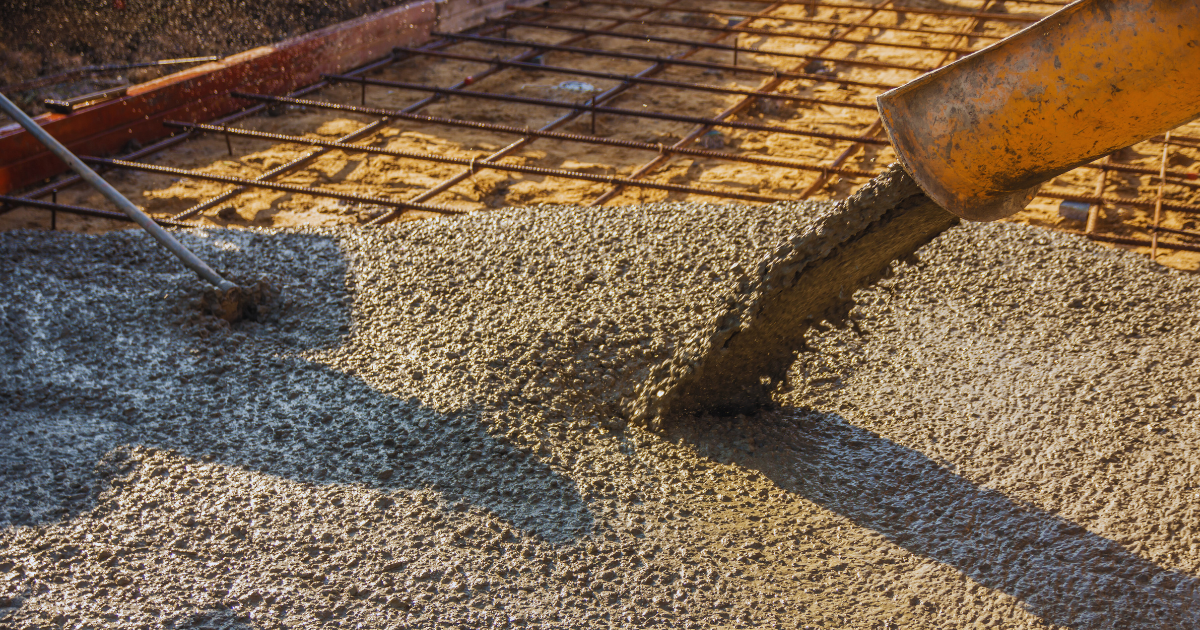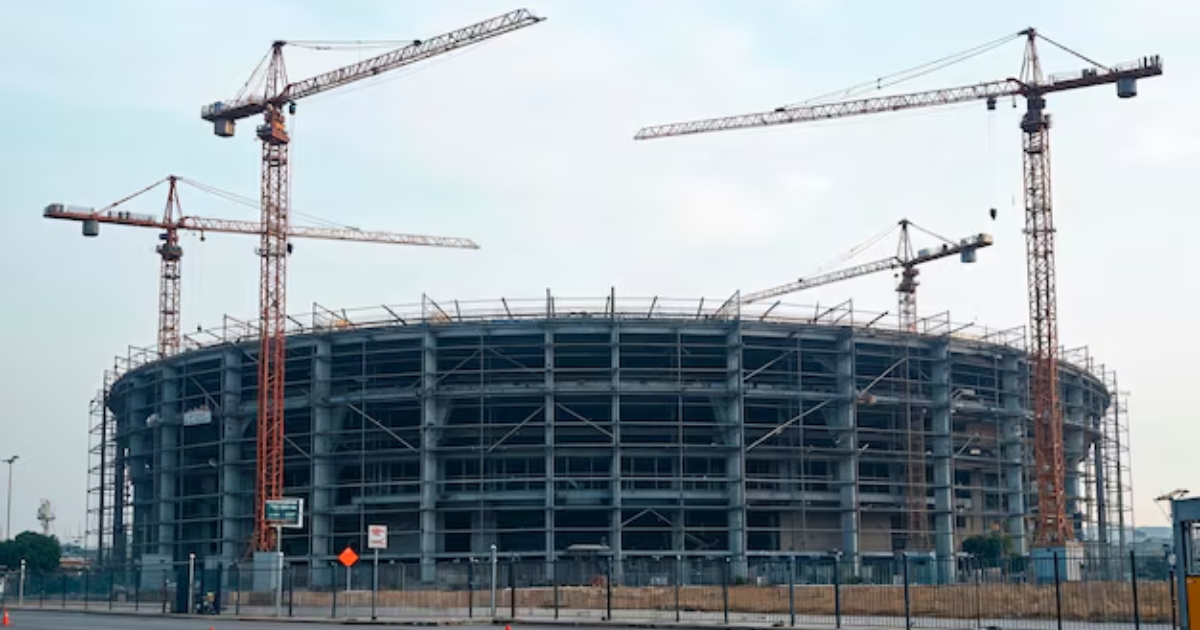When it comes to working with concrete, precision is key. Whether you’re a contractor, builder, or DIY enthusiast, having the right tools for the job can make all the difference. One of the most essential tools in any concrete-related project is the concrete cutting machine. With advancements in technology and construction techniques, the range of concrete cutting machines available today is vast. Choosing the right equipment can greatly impact the efficiency, accuracy, and safety of your project.
In this comprehensive guide, we will explore the different types of concrete cutting machines, their features, and how to select the best one for your specific needs.
What is a Concrete Cutting Machine?
A concrete cutting machine is a powerful tool used to cut through concrete, asphalt, stone, and other hard materials. These machines are designed to create precise cuts for construction tasks such as creating openings for doors, windows, or electrical systems, cutting expansion joints, and removing damaged concrete sections.
Concrete cutting machines come in various sizes, styles, and configurations, each designed for specific applications. Choosing the right machine can improve work efficiency, reduce material waste, and ensure clean, accurate cuts.
Types of Concrete Cutting Machines
The choice of a concrete cutting machine largely depends on the type of concrete, the scale of the project, and the depth of the cut required. Let’s take a look at the different types of concrete cutting machines available in the market.
1. Walk-Behind Concrete Saw
Walk-behind concrete saws are among the most popular concrete cutting machines used in construction. These machines are designed for cutting large, flat areas of concrete, such as driveways, sidewalks, and floors. Equipped with a powerful motor and diamond-tipped blade, walk-behind saws can cut deep into the concrete, making them ideal for heavy-duty tasks.
Key Features:
- Large, durable diamond blades for deep cuts
- Adjustable cutting depth
- Suitable for large-scale projects
- Available in electric, gas, or diesel-powered versions
Walk-behind concrete saws are often used for roadwork, flooring removal, and other heavy-duty tasks that require precision and power.
2. Handheld Concrete Saw
For smaller, more detailed projects, a handheld concrete cutting machine is a better option. These portable tools are designed for cutting through walls, beams, and smaller surfaces. They are lightweight, versatile, and easier to maneuver in tight spaces, making them ideal for tasks like cutting door and window openings or making precise cuts in reinforced concrete.
Key Features:
- Compact and easy to maneuver
- Available in electric, gas, or battery-powered models
- Suitable for cutting smaller areas or in confined spaces
- Can cut through reinforced concrete with ease
Handheld saws are perfect for projects that require mobility and precision, such as creating openings for plumbing or electrical installations.
3. Wall Saw
Wall saws, also known as track saws, are specialized concrete cutting machines used for vertical or inclined cutting in walls or other vertical surfaces. These machines are mounted on a track system, allowing for extremely accurate cuts in reinforced concrete or masonry structures. Wall saws are ideal for making large openings in walls, such as windows, doors, and elevator shafts.
Key Features:
- Designed for vertical or inclined surfaces
- Extremely accurate and precise cuts
- Suitable for thick walls and reinforced structures
- Available in hydraulic or electric-powered versions
Wall saws are commonly used in demolition projects or retrofitting existing buildings where precise, vertical cuts are required.
4. Wire Saw
Wire saws are a unique type of concrete cutting machine designed for cutting large, thick sections of concrete or stone. Instead of using a blade, a wire saw employs a wire embedded with diamond segments to slice through the material. This method is highly effective for cutting large structures, such as bridges, foundations, and beams, and is often used when other types of saws cannot handle the job.
Key Features:
- Ideal for cutting large, thick sections of concrete
- Can cut through steel-reinforced structures
- Suitable for underwater cutting and other complex applications
- High-precision cutting
Wire saws are typically used in heavy construction, mining, and industrial applications where other concrete cutting machines may fall short.
5. Ring Saw
A ring saw is another type of handheld concrete cutting machine that offers more cutting depth than traditional handheld saws. It is equipped with a blade that rotates in a ring motion, allowing for deeper cuts without the need for a large machine. Ring saws are often used in situations where precise cuts are required, but the material is too thick for a standard handheld saw.
Key Features:
- Greater cutting depth than standard handheld saws
- Suitable for cutting thick concrete in confined spaces
- Can be used for precision cutting in reinforced concrete
Ring saws are commonly used for cutting through pipes, manholes, and other applications that require deep, narrow cuts.
Factors to Consider When Choosing a Concrete Cutting Machine
Selecting the right concrete cutting machine depends on several factors, including the size and complexity of the project, the type of material, and the desired precision. Here are some key considerations to keep in mind when choosing the best machine for your needs:
1. Cutting Depth
One of the most important factors when choosing a concrete cutting machine is the required cutting depth. Some machines are designed for shallow cuts, while others can cut through thick concrete slabs or walls. It’s essential to match the machine to the depth of the cuts you’ll need to make.
For example, if you’re working on a project that requires cutting through a thick concrete slab, a walk-behind saw with a large diamond blade may be the best option. However, if you’re cutting through a thinner section, a handheld saw or ring saw may be sufficient.
2. Type of Material
The type of material you’re cutting is another critical consideration. Concrete cutting machines are designed to cut through a variety of materials, including plain concrete, reinforced concrete, asphalt, and masonry. Some machines, like wire saws, are particularly suited for cutting through steel-reinforced concrete, while others are better for cutting softer materials like brick or stone.
Ensure that the machine you choose is capable of cutting through the material you’ll be working with.
3. Power Source
Concrete cutting machines are available in electric, gas, diesel, and hydraulic-powered models. The power source you choose will depend on factors such as the location of the project, the availability of electricity, and the scale of the work.
- Electric-powered machines are ideal for indoor projects or areas where noise and emissions need to be minimized.
- Gas or diesel-powered machines are better suited for outdoor, large-scale projects where power and mobility are critical.
- Hydraulic-powered machines offer high precision and power for heavy-duty tasks but require access to a hydraulic power supply.
4. Portability and Maneuverability
For smaller or more detailed projects, portability and maneuverability are crucial. Handheld and ring saws are more portable and can easily be used in confined spaces or for overhead cutting. On the other hand, larger walk-behind saws or wall saws may be more challenging to move but are ideal for large, open areas or vertical surfaces.
5. Blade Type
The type of blade used on the concrete cutting machine plays a significant role in its performance. Diamond blades are the most common for concrete cutting because of their durability and ability to cut through hard materials like concrete and stone. Make sure to choose the appropriate blade for your machine and the material you’re cutting.
Safety Considerations When Using Concrete Cutting Machines
Using a concrete cutting machine can be dangerous if proper safety precautions are not followed. Here are some key safety tips to ensure a safe working environment:
- Wear proper protective equipment, including safety glasses, hearing protection, gloves, and a dust mask.
- Ensure proper ventilation when using gas or diesel-powered machines in confined spaces to avoid exposure to harmful fumes.
- Inspect the machine and blade before each use to ensure they are in good working condition.
- Follow the manufacturer’s guidelines for operating the machine, including the recommended cutting speed and pressure.
Conclusion
A concrete cutting machine is a vital tool for any construction project involving concrete or hard materials. By understanding the different types of machines available and considering factors such as cutting depth, material type, power source, and safety, you can select the right equipment for your project. Whether you’re working on large-scale infrastructure or a small renovation, choosing the appropriate concrete cutting machine ensures efficient, accurate, and safe cutting results.







